Line25 is reader supported. At no cost to you a commission from sponsors may be earned when a purchase is made via links on the site. Learn more
To help overcome the challenges, frustrations, and common problems graphic designers face regularly is the goal of this article. If you are a designer, keep reading for some valuable solutions we’ve outlined below.
The field of Graphic Design has expanded multifold with the new dimension of digital media added to it in the last few decades. Initially, graphic design was focused more on print media. However, with the advent of social media, the volume of content generated and consumed has increased exponentially. Because of this, the work of graphic designers has not only become very broad but also its demand has increased.
However, with new opportunities also comes the stress and pressure related to their work. The other generic issue with the graphic design sector is that there is an explosion of designers. There are excellent online tools available to help people design without knowledge of conventional designing software like Photoshop, Illustrator, or Corel. All one needs is a decent computer and a good internet connection, and a good eye for design.
This blog compiles some of the most common problems graphic designers face and provides solutions to them. If you are a graphic designer, you will easily relate to the problems, and there’s a good chance that you may come across some easy solutions to them.
1. Staying updated about Design Trends
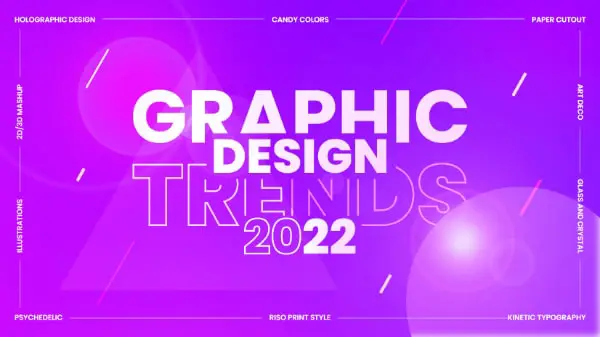
No matter how hard the designers try to stay on top of the prevalent trends, they always feel like something new they don’t know about. Also, trends in design are changing very frequently. Even in designing, different trends are going on for digital marketing, print, packaging, website, and other designing streams, which makes it harder for designers to be aware of all of them.
Solution: It is good to bookmark some excellent design article websites that cover various design-related trends. Another good approach that you should cultivate is taking some time out weekly to check out design-related websites such as Behance, Dribble, etc. Social media, especially Instagram, can also be an excellent source to gauge the latest market trends in digital design.
2. Delivering Irrevelant Design
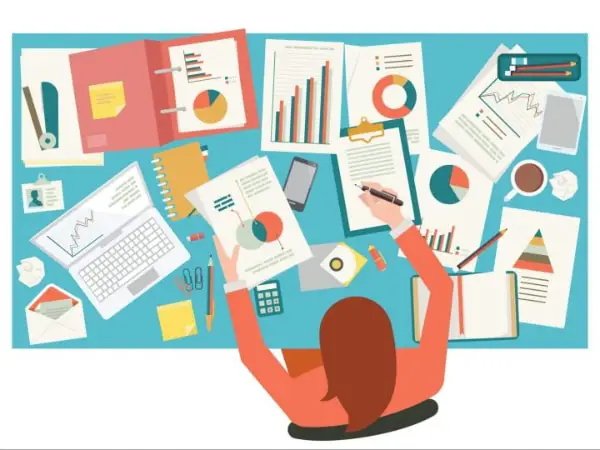
Another pain area of designers that is an extension of the first point is not being able to create designs relevant to the brand or market. As a designer, the type of brief you will get will depend on the client, their understanding of design, and their involvement in the project. Hence you cannot rely on it and will have to do your homework before
Solution: Design research is an academic field in itself. But as a designer, you need to develop your own set of processes for carrying out the requisite research before designing. The first step has to be understanding the brief. Then you can check out what other competitors are doing in this space. Based on that, you can plan out your design.
3. Inefficient Workflow and Communication

Seamless communication is the foundation of any good project, irrespective of the sector. However, for graphic designers, the lack of streamlined communication can prove to be very detrimental. The same goes for workflow. As a designer, you need to have clarity of how the project is going. With the rise in remote working, this problem has further aggravated.
Solution: The best way to ensure seamless communication is to set up proper channels. There are good project management and communication tools available like Slack, Asana, Trello, and more that you can try out. You should also set up a review mechanism and adhere to it to ensure the timely delivery of your designs.
4. Creating Designs that Convert:
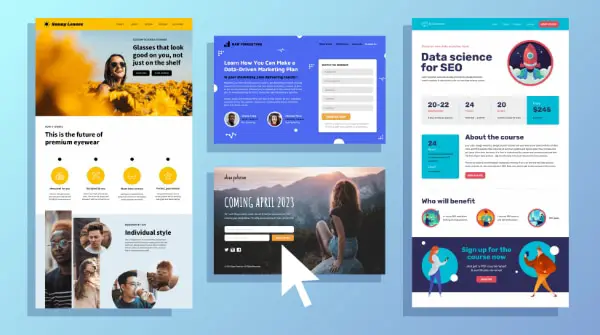
One of the most common feedback that designers get these days is that the design is good but not getting them leads! However, as the digital marketing world gets more competitive, clients now want magical designs that can help increase the conversion rate and better their revenue.
Solution: Although there is no proven connection between designing and conversion, there are still a few factors that designers can keep in mind to create designs that can have a better conversion rate. There are also certain factors like psychological principles, the science of colors, and more that designers should know about.
5. Figuring Out Website Design:
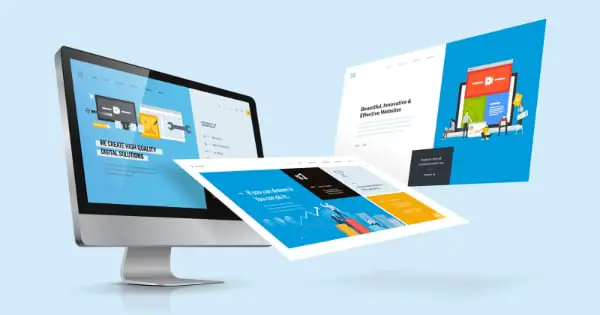
Graphic design has long since disintegrated into many specific design streams: print design, digital media design, packaging design, website design, and more. One designer can’t be good at all of the streams. One pain area that most designers have is website design. There are so many factors intertwined in website design that make the life of the designer very difficult.
Solution: While there is no immediate solution to this, what designers need to do is take time out to study the aspects related to website design like user interface, experience, responsive website design, etc. Then with practice, they can get better at this. The key is to remember that, unlike other graphics, the website is a composition of many moving parts, and hence their design will be relative to each other.
An easy solution for new designers is to use a cloud-based web design service such as Wix, Divi, Elementor, and others. These providers have simplistic website design functionality that allows users to create high-quality and mobile-friendly websites through easy-to-use WYSIWYG, drag and drop features.
6. Finding Creative Fonts:
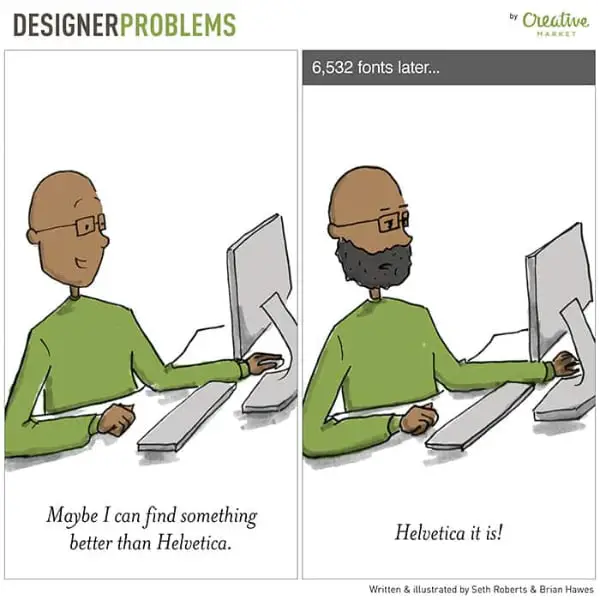
Designers always feel a constant shortage of good quality design resources, especially fonts for their designs. As a designer, either you are tired of using the same set of fonts, or the client forces you to create something more creative. Either way, you will always feel that you are poor in terms of font collection, and there exists a good font out there that you need to search and find.
Solution: A good knowledge of typography is imperative for designers. You need to know which font will look good in which design and which other font it can be paired with. Based on that, you can search for strong fonts or handwriting fonts, or retro fonts. Also, as a designer, it will be a good practice to maintain a folder structure for your fonts which can come in handy for searching.
7. Creating a Stunning Graphic Design Portfolio:
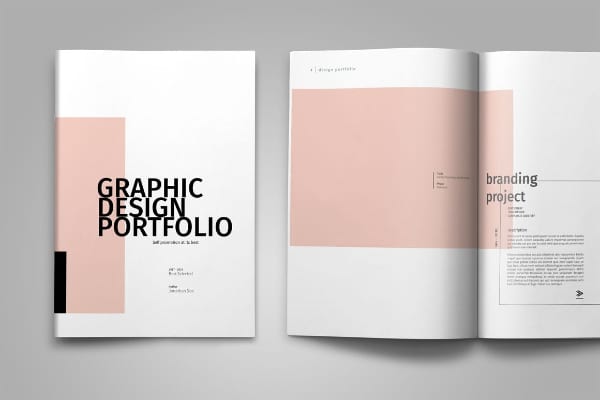
It is quite paradoxical that graphic designers cannot deploy much creativity when it comes to designing their portfolios. Because they are engrossed in work all the time, the portfolio is always neglected, and even if it is made, it is not a true reflection of the designer’s ability. Every designer faces this problem but still never prioritizes the portfolio creation work.
Solution: Designing an excellent graphic design portfolio is an art in itself. As a designer, you need to consider it a branding project, where you create and sell yourself as the brand. It would help if you first researched the latest trends and some existing portfolios for inspiration. Based on that and your work, you can create a visually appealing, clutter-free portfolio that can help you get better work.
8. Finding Good Quality Work:
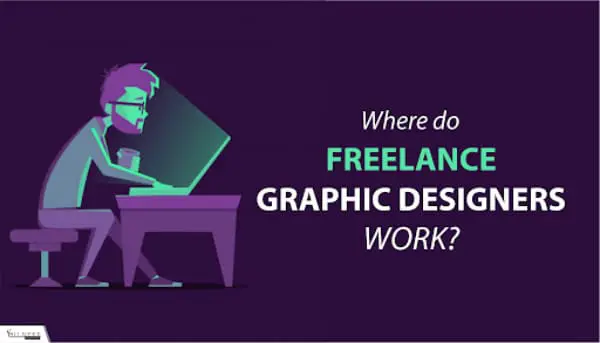
The second problem that comes after designing an excellent graphic design portfolio is finding good quality work. This is more of a problem for designers who are working as freelancers. Even designers with a steady job can try out freelancing to earn extra money and get new experience. But finding work depends on the experience you have, the cost you want to charge your services for, your location, and many other factors.
Solution: The good news is that many online portals offer design freelancing jobs at a lucrative rate. Starting from Upwork, you can apply at Freelancer, Fiverr, Guru, Dribble, and a lot more. You need to create your profile, showcase your work and start bidding for jobs. There are also many design competition websites where you can take part in projects and be rewarded handsomely.
9. Finding the Right Third-Party Tools:
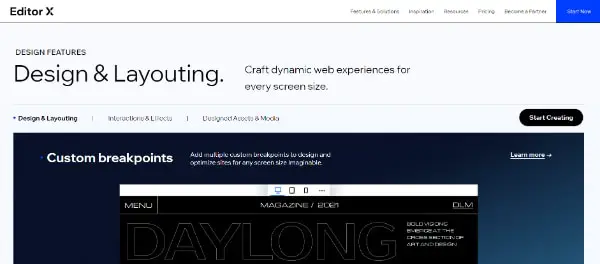
There are times when you will need more tools than just the standard design software. This need becomes all the more severe if you are working on a project outside your comfort zone or collaborating with some other designer or developer. There are a good amount of third-party tools that can assist you, but the problem is figuring out which one is the best for you.
Solution: Picking the right third-party tool is similar to shopping for shoes. You should not pick the first one you see. You need to make sure that it fits perfectly, meets your needs, and you are comfortable using it. Always check out the online reviews for these tools. If they are offering free demos or trials, opt for that and once you have the right set of information, then finalize the tool you want to use.
10. Overcoming the Creative Block:
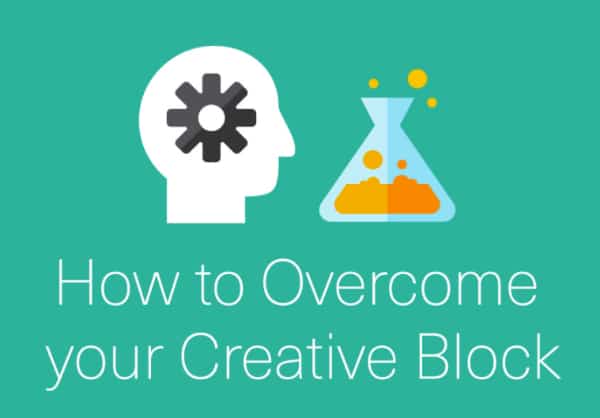
The most hyped problem in the graphic designer fraternity is that of hitting a creative block. There will be times when you are working on a project but cannot find your way ahead. This can be due to a lack of inspiration or incomplete brief, or sheer fatigue. But you cannot use this as an excuse and stop work or deliver bad-quality designs.
Solution: Creative block exists, and the first step to overcoming it is to acknowledge it. Once you have done that, you need to find out the cause. If it is for a lack of inspiration, you need to fall back on the design research notes. Surf more on the internet in the hunt for new design ideas. If the block is due to fatigue, then go out for a walk or do something recreational. Nature always serves as a powerful inspiration for inspiring creativity. There are also many small exercises that you can do to overcome this creative block.
11. Offering More than Just Designing:
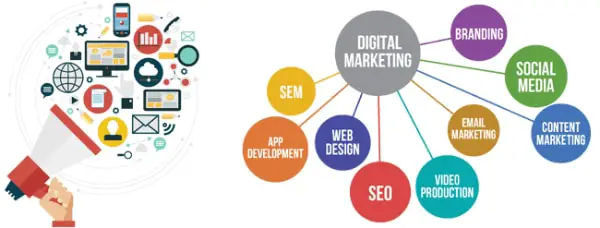
As the digital marketing world expands, the services start to overlap. Clients are now preferring multitalented people who can cater to almost all of their needs. As a designer, you will find clients asking for website development, or content writing, or even SEO services from you. This may be due to the lack of understanding about your work or the services they need. Or can also be because they want a one-stop solution service provider.
Solution: Sadly, there is no easy solution to this. The first option is that you can say no to them upfront. If you are a professional designer earning a decent wage, then you can offer this. The other way around is to deliver to them what they ask for.
It is always good to pick up varied skills as a designer. Such projects can always be instrumental in that. Also, there are many good integrated solution providers out there that you can get help from. You need not do everything from scratch, instead just manage these tools to get desired results. This will have a threefold advantage: you will not have to say no to the client, learn different skills, and earn money.
12. Unrealistic Timelines or Timely Payment:
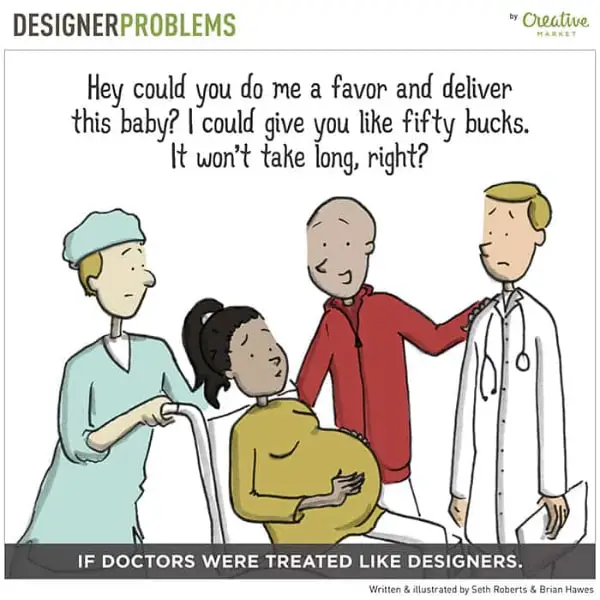
The most common two problems of graphic designers we have kept in last as these are something that cannot be solved quickly. Time and again, you will come across clients who will ask you to design at gunpoint. There will also be some stubborn clients who will get work done from you but not pay up. Such transactional issues will be a part of your life if you are pursuing a freelance graphic design career.
Solution: The best way to solve these issues is to have clear communication. Make sure that you clear the project deliverables, timelines, and payment terms right in advance. In addition, you should remind the client about the triangle rule of design, where quality, time, and money are three points of a triangle. The best result is obtained when the triangle is equilateral, or one of the three will be compromised. In terms of payment, it is a good idea to have an advance payment policy not to feel cheated in the end.
Final Thoughts
The life of a graphic designer may seem cool to the world, but the truth is that they keep facing some of the above problems regularly. As a designer, you need to cultivate the habit of reading or at least checking out new design work. At the same time, you should try to keep polishing your skills and adding variety to your portfolio. In client interaction, you need to have good clarity, seamless communication, and push your creative authority. If you can do these few things, you can excel well in your professional life as a graphic designer.
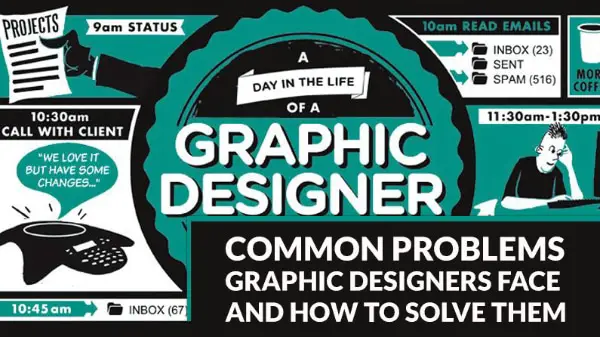

Fantastic tips for overcoming design hurdles.
The problems and the solutions you listed above is really awesome, Thanks for sharing this informative content with us. keep posting.